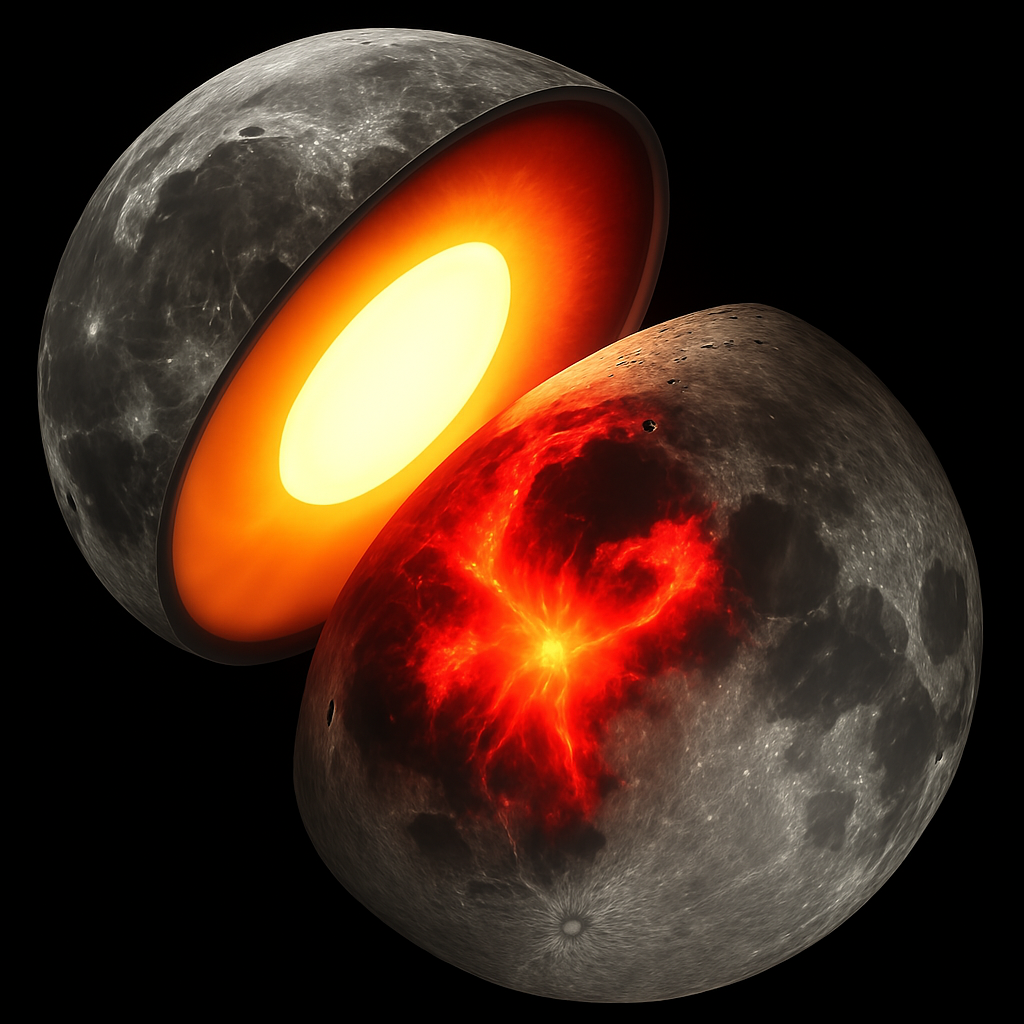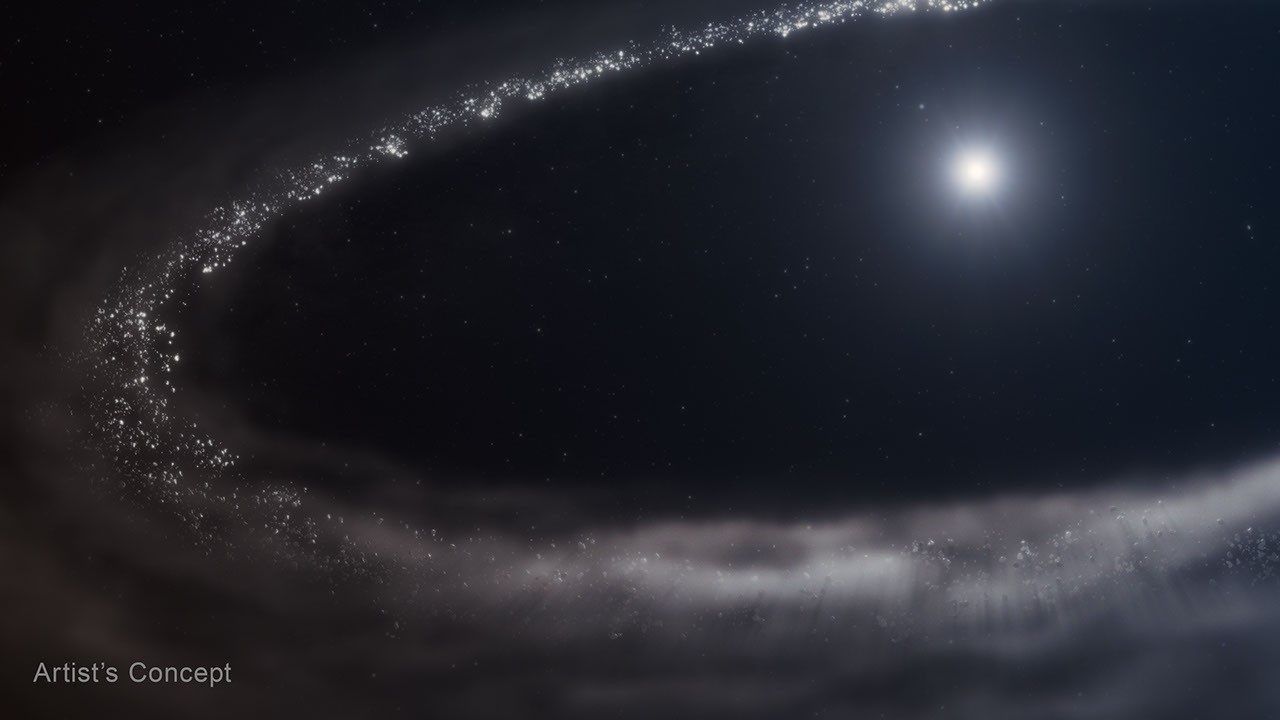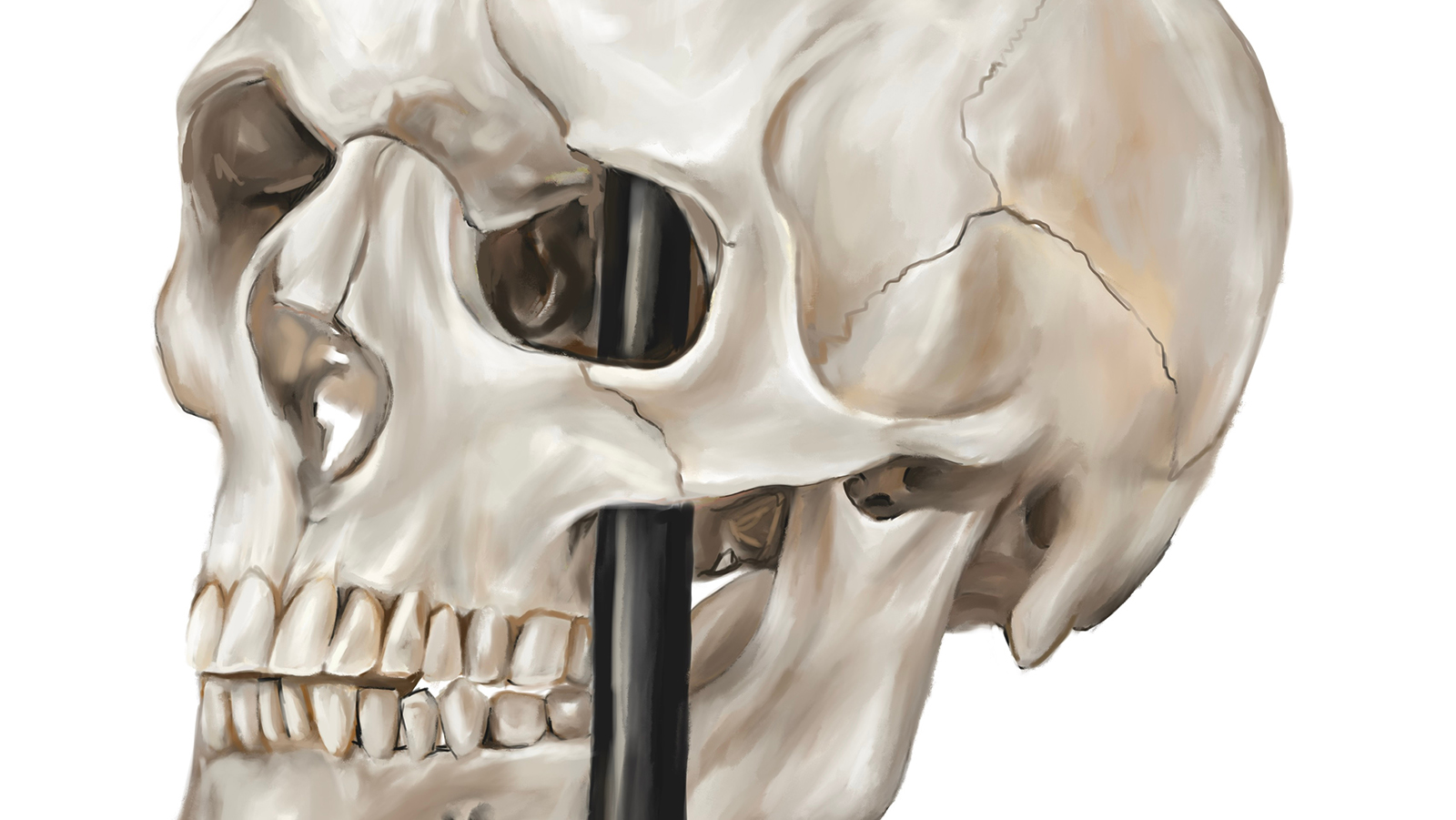Now Reading: NASA Uncovers Hidden Insights into Moon and Vesta’s Interiors
-
01
NASA Uncovers Hidden Insights into Moon and Vesta’s Interiors
NASA Uncovers Hidden Insights into Moon and Vesta’s Interiors

Speedy Summary
- NASA researchers utilized spacecraft gravity data to uncover key details about the interiors of the Moon and asteroid Vesta.
- A study on the Moon revealed gravitational variations during its elliptical orbit, attributed to Earth’s tidal forces, providing a deeper understanding of its internal structure. Researchers created the most detailed lunar gravitational map based on GRAIL mission data.
- Findings suggest intense volcanism caused differences between the moon’s near and far sides, with radioactive elements likely concentrated in a warm mantle on the near side due to ancient volcanic activity.
- For asteroid Vesta, studied using radiometric and imaging data from NASA’s Dawn spacecraft, researchers challenged previous theories by suggesting Vesta has a mostly uniform interior with little or no iron core.
- Gravity insights not only explain formation processes for these bodies but might potentially be extended to other planetary bodies in future research efforts.
Indian Opinion Analysis
NASA’s cutting-edge analysis techniques offer groundbreaking insights into planetary structures without requiring surface exploration-a boon for space research efficiency and cost-effectiveness. These findings underscore critical advancements in understanding celestial body formation processes through observational models incorporating gravity data. India’s burgeoning space program can leverage such methods for missions like Chandrayaan and ongoing lunar explorations aimed at unraveling our natural satellite’s evolution further. The highlighted importance of volcanism indicates untapped areas within India’s planetary science community deserving collaboration or targeted initiatives alongside global efforts such as NASA’s studies.
























